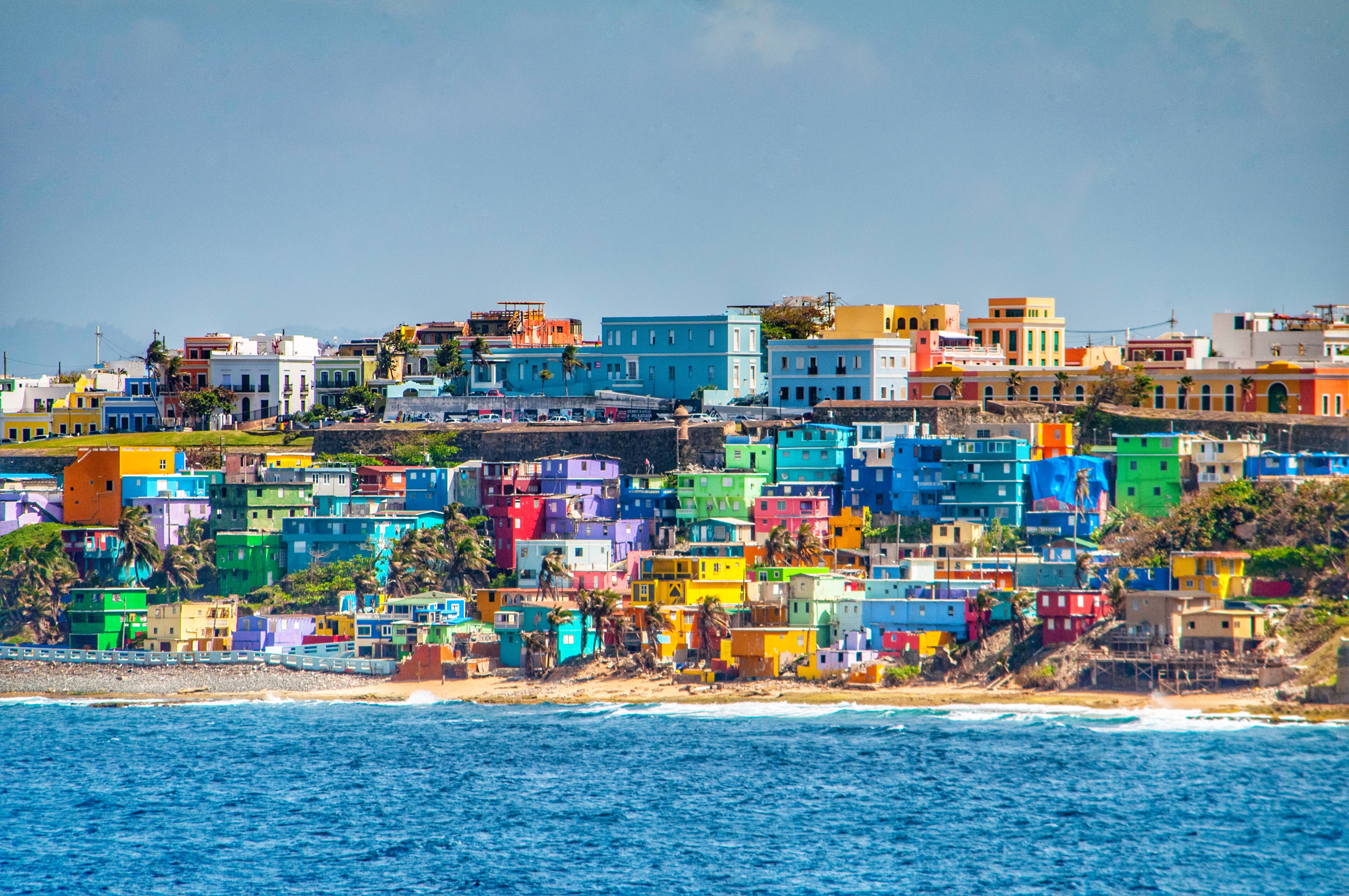Historical and Cultural Overview

Puerto Rico, an archipelago in the Caribbean, has a rich and diverse history shaped by multiple cultural influences. The island’s strategic location has made it a crossroads for trade, exploration, and colonization.
Puerto Rico is an archipelago located in the Caribbean Sea. It is a popular tourist destination, known for its beautiful beaches, rainforests, and Spanish colonial architecture. In addition to its natural beauty, Puerto Rico is also home to a number of important cultural institutions, including the Museo de Arte de Puerto Rico and the Teatro Tapia.
For those interested in learning more about Puerto Rico’s history and culture, there are a number of resources available online, including spaghetti models. These models provide a visual representation of Puerto Rico’s past and present, and can be a valuable tool for understanding the island’s complex history.
Pre-Columbian Era
The indigenous Taíno people inhabited Puerto Rico for centuries before European arrival. They developed a sophisticated culture with advanced agricultural practices, art, and social organization.
Spanish Colonization (1493-1898)
Christopher Columbus claimed Puerto Rico for Spain in 1493, initiating a period of Spanish rule that lasted for nearly 400 years. Spanish settlers established plantations and introduced African slaves to work the land. The island became a vital hub for trade and commerce in the Caribbean.
Puerto Rico’s beautiful beaches and lush rainforests are a sight to behold. But when it comes to hurricanes, the island can be vulnerable. To help predict the path of these storms, meteorologists use a variety of models, including “spaghetti models.” These models, which can be found at spaghetti models for beryl , show multiple possible tracks for a hurricane, helping forecasters make more informed decisions about evacuation and other emergency preparations.
Thanks to these models, Puerto Rico is better prepared to weather the storms.
American Occupation (1898-1952)
The Spanish-American War in 1898 resulted in the United States acquiring Puerto Rico as a territory. Under American rule, the island underwent significant economic and social changes, including the introduction of English as an official language and the development of modern infrastructure.
Commonwealth Status (1952-Present)
In 1952, Puerto Rico became a self-governing commonwealth in association with the United States. The island has its own constitution, government, and economic system, but it remains a U.S. territory. The status of Puerto Rico as a commonwealth has been a subject of ongoing debate and political discussion.
Cultural Influences
Puerto Rican culture is a vibrant blend of Spanish, African, and Caribbean influences. Spanish is the official language, and many traditions, customs, and religious practices reflect Spain’s legacy. African influences are evident in music, dance, and cuisine, while Caribbean influences contribute to the island’s vibrant atmosphere and love of music.
| Historical Period | Key Characteristics |
|---|---|
| Pre-Columbian Era | Taíno indigenous culture, advanced agriculture, art, and social organization |
| Spanish Colonization (1493-1898) | Spanish settlement, plantations, African slavery, trade hub |
| American Occupation (1898-1952) | U.S. acquisition, economic and social changes, English as official language |
| Commonwealth Status (1952-Present) | Self-governing commonwealth, own constitution and government, U.S. territory status |
Geography and Climate
Puerto Rico is an archipelago located in the Caribbean Sea, approximately 1,000 miles (1,600 kilometers) southeast of Florida. It consists of the main island of Puerto Rico and several smaller islands, including Vieques, Culebra, and Mona.
The main island of Puerto Rico is roughly rectangular in shape, with a length of about 110 miles (177 kilometers) and a width of about 35 miles (56 kilometers). The total land area of Puerto Rico is about 3,425 square miles (8,870 square kilometers).
The topography of Puerto Rico is varied, with mountains, hills, valleys, and coastal plains. The highest point in Puerto Rico is Cerro de Punta, which has an elevation of 4,390 feet (1,338 meters).
Climate, Puerto rico
Puerto Rico has a tropical climate, with warm temperatures year-round. The average temperature in Puerto Rico is about 80 degrees Fahrenheit (27 degrees Celsius). The island experiences a rainy season from May to November, with the heaviest rainfall occurring in September and October.
Puerto Rico is also subject to hurricanes, which can cause significant damage to the island’s infrastructure and economy. The most recent major hurricane to hit Puerto Rico was Hurricane Maria in 2017.
Map of Puerto Rico
The following map shows the major cities, landmarks, and geographical regions of Puerto Rico:
[Insert map of Puerto Rico here]
Economy and Tourism: Puerto Rico

Puerto Rico’s economy is primarily service-based, with tourism, manufacturing, and finance as major industries. Despite economic challenges, the island has a relatively high GDP per capita compared to other Caribbean nations.
Tourism is a significant contributor to Puerto Rico’s economy, attracting visitors with its rich culture, stunning beaches, and historical landmarks.
Top Tourist Attractions
Puerto Rico offers a diverse range of tourist attractions, catering to various interests:
- El Yunque National Forest: A lush rainforest with hiking trails, waterfalls, and wildlife.
- Old San Juan: A historic colonial city with cobblestone streets, colorful buildings, and Spanish-era forts.
- Bacardi Rum Distillery: The world’s largest rum distillery, offering tours and tastings.
- Vieques Biosphere Reserve: A protected island with bioluminescent bays, pristine beaches, and coral reefs.
- Culebra Island: A small island with white-sand beaches, clear waters, and excellent snorkeling and diving.